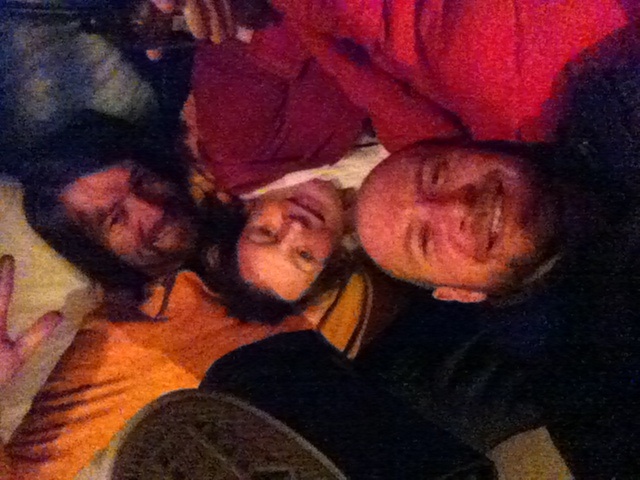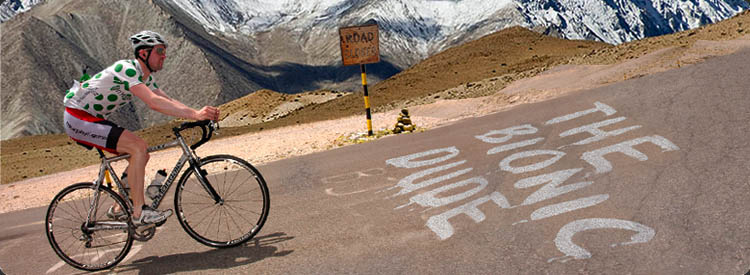Colorado Dreamin'
 Saturday, February 5, 2011 at 8:37PM | by
Saturday, February 5, 2011 at 8:37PM | by  Giller
Giller Colorado has four proper seasons, this coupled with its incredible natural bounty makes for some great times outdoors. Of course, it's winter that Colorado is renowned for with its plentiful world-class snow resorts. Most of the resorts have a base altitude of around 2800ms with summits cresting almost 4000ms. At these elevations there is no risk of the snow disappearing and while conditions will vary each year, mountain weather typically yields plenty of 'precip'. It is not just the amount of snow in Colorado but the nature of it which has worldwide appeal, the fine dry snow is hailed as champagne powder.
While Denver does get snow over the winter it has a different climate to the mountains as it lies in a rain shadow. This means that one can leave a city drenched with sunshine and then carve one's way through the mountains to a winter wonderland. The contrast is incredible and is at its most stark when one tunnels through to the western side of the Continental Divide. Road conditions on the east side of the Eisenhower Tunnel can be perfect but on the other side there could be a snow storm. Interstate 70 is the highway that runs east-west through the Rockies and all of the Front Range's snow resorts lie off this highway. The ski villages don't interconnect the way some European resorts might but this is because the ski-terrain is already huge and takes up the whole front and back-side of a mountain.
When I decided to stick around in Denver I was certain that I wanted to get back into snowboarding. I had done it before a few times in Europe but had always come off the mountain crying for my bike with both my body and ego bruised. Being so close to the mountains meant that I would be in a position to crack it this time around. I managed to pick up a sweet board and practically new boots on Craigslist for $175. A quick shop around the thrift stores and TJ Maxx meant that I was fully decked out for another 125 bucks. My season pass was only $480 and this incredibly got me access to Breckenridge, Keystone, A-Basin, Vail and Beaver Creek – all top class mountains. All I needed now was wheels to get up there. Thankfully my house-mate Corey loves his snowboarding and could drive me up in his A-Team Van. The van is like a Lear jet inside, I was half expecting a pretty hostess to tap me on the shoulder to serve me a glass of champagne the first time I boarded.
While, I have not gone as often as I'd like (about once a week) I'm pretty happy with how things have been going. The mountains are so forgiving and unless you are playing in the trees it's impossible to hurt yourself. I recall my days boarding in Europe, where I needed lots of pads as falling on the snow was akin to crashing on concrete. Here the mountains are like bouncy castles so there is nothing to hold you back and thus, it's difficult to have your confidence shaken. With such changeable conditions and a choice of mountains, every day on the board is different. However, I can now ride any groomed slope and only come unstuck on moguls or super steep ungroomed runs where the snow is bumpy and throws me around a lot. I am getting to grips with riding switch (the reverse side), which will allow me to play properly in the trees. Without being able to ride switch I get snookered on tree runs and that's not fun. At the moment I'm an all-mountain boarder as opposed to doing any freestyle stuff. I've a bit to go before I figure out all the technical skills and get bored with speed alone. I have more fun on the front-side as I like going fast and the groomed runs are better for working on stuff but I often end up in the back-bowls for the challenge. Ben and Corey, with whom I head up the mountains, prefer to mix things up. However, as speed is my thing (much like descending on a bike) I always try to incorporate one run when we race flat out. Their top-line speed is faster than mine but it is only under race conditions that I really squeeze everything I can out of myself. I love it. it's so exhilarating just letting go on a board. While it takes huge concentration it's not the same level of risk as on a bike. My aim before I leave is to be able to just hold a straight-line down the mountain at top speed and to be confident riding switch. I might need a few more days to achieve this but considering I only go up about once a week I'm pretty happy with where I'm at. Now that I like the sport so much it is definitely tempting to spend a winter totally focused on it. My desire/need to cycle is distracting so it is unlikely that I'll ever become a ski-bum ... but I could be persuaded. Regardless, the snowboarding is so good here that I feel spoilt. Any future European snowboard trip is going to feel like a stop-gap measure until I return to Colorado for some more excellent winter adventures. I can imagine wiping-out on some European ski-run and in the midst of dazed thoughts I will start dreaming of experiencing Colorado's champagne powder once more.
Hopefully the photos will give you some idea.
More soon
Marco
splash of colour
Ben shredding the back-bowl in Vail
no poles Jamie in A-Basin
lovin' Breck'
the dude takes a break on the ungroomed back bowls in Vail
Ben and Corey chilling out on 'the beach' in A-Basin. This is where the grills and kegs come out
hiding out in the trees for some pale ales and Cohiba cigars in the sun-shine
Saturday night in Vail - OAR concert
 apres-snowboard in Vail with Corey & Alisha
apres-snowboard in Vail with Corey & Alisha
